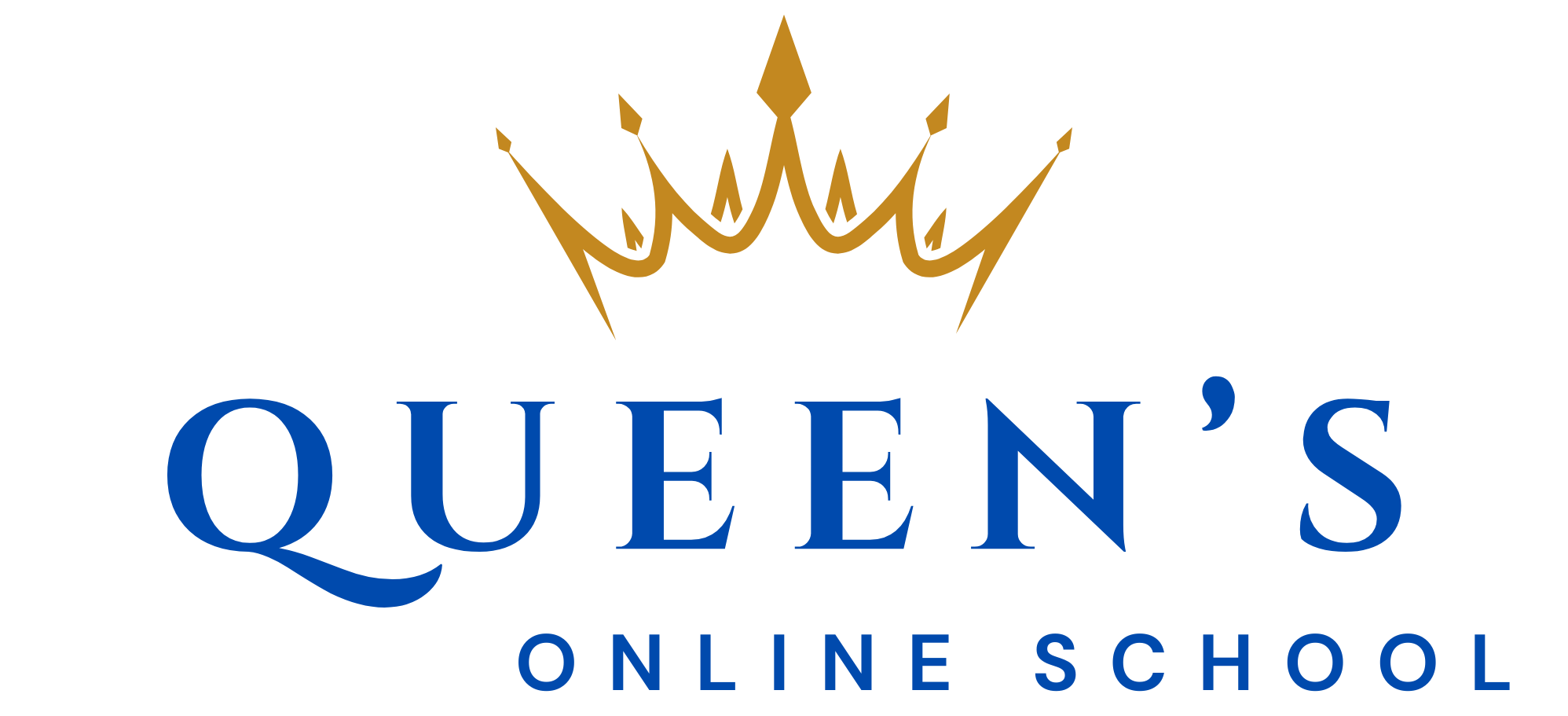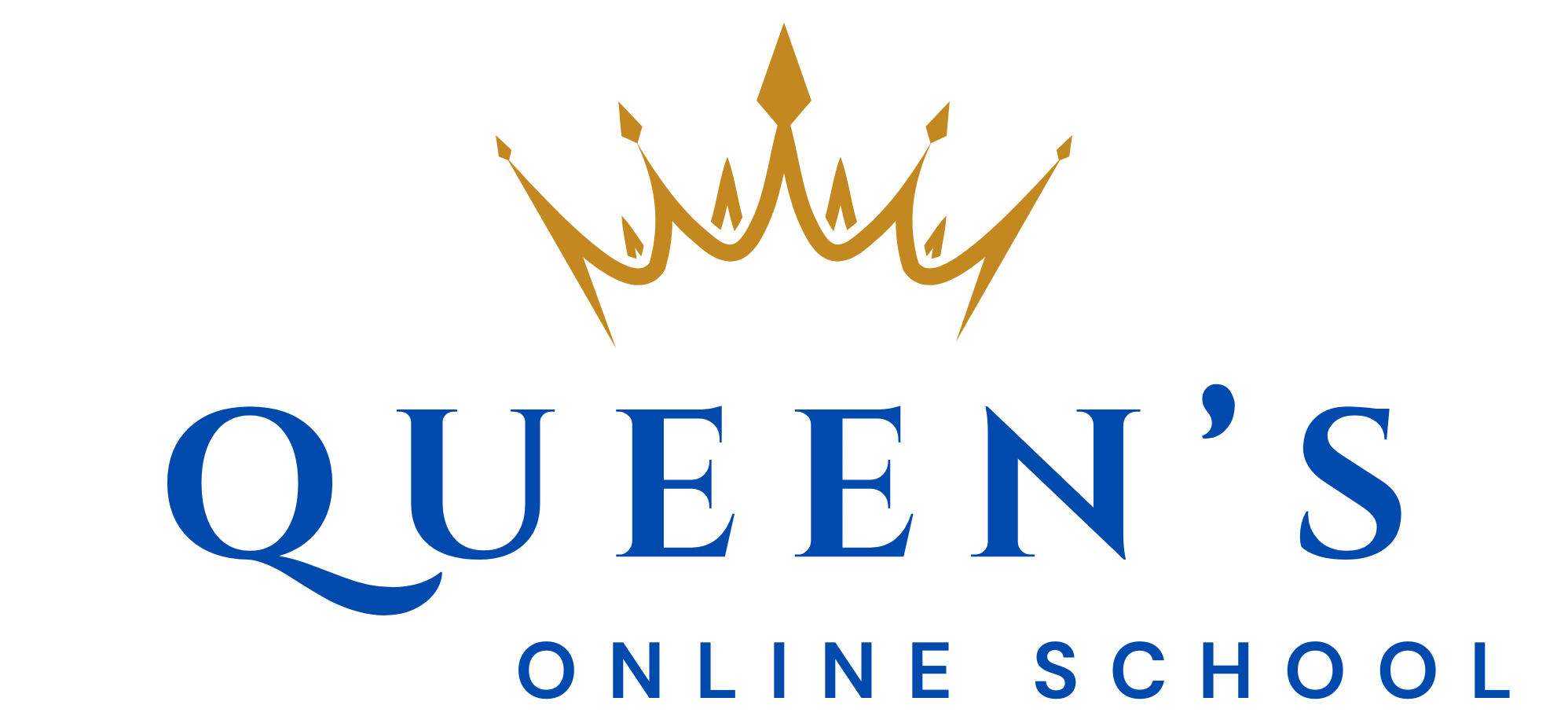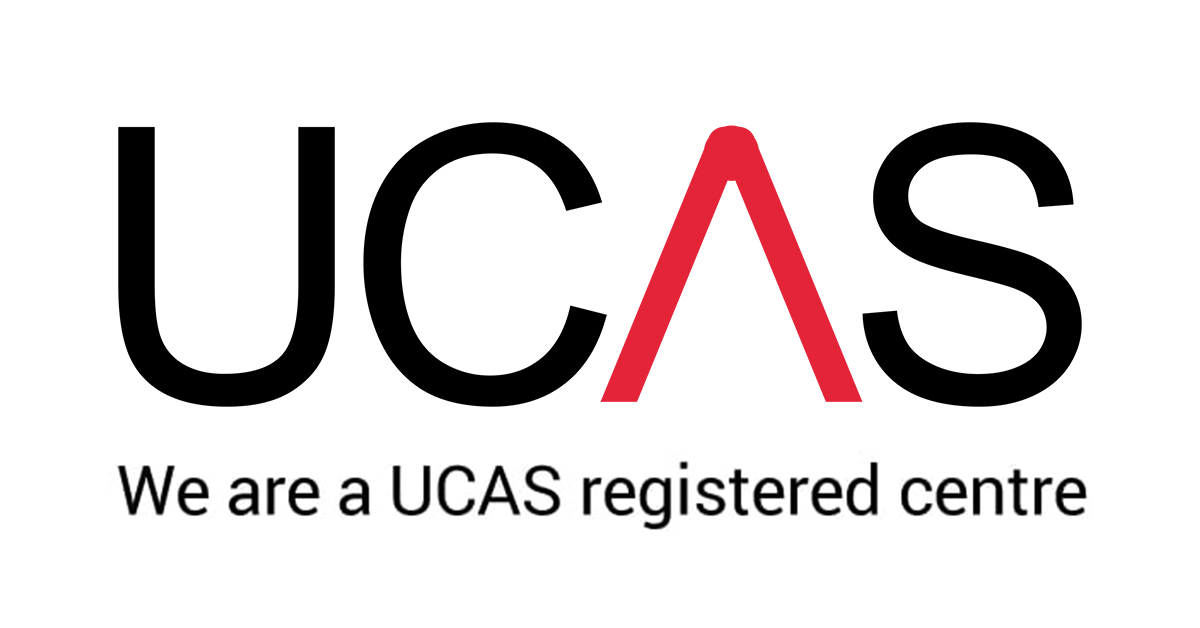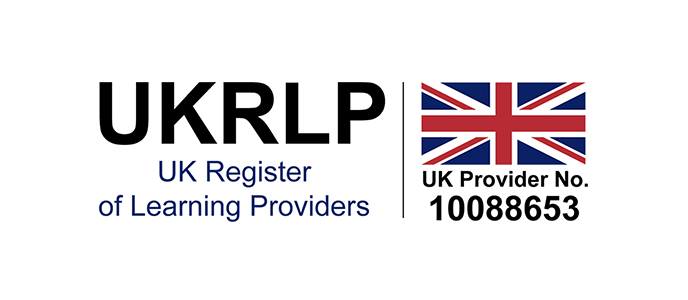At its heart, the difference between public and private schools comes down to one simple thing: public schools are state-funded and free to attend, while private schools are funded by tuition fees and donations. This single distinction creates a ripple effect, influencing everything from the curriculum and class sizes to the very culture of a school. It effectively creates two very different educational journeys, and the weight of choosing the right path for your child is something every parent feels deeply.
At a Glance: Key Differences Between School Types
Choosing a school is a deeply personal decision, one that's as much about feeling as it is about facts. It’s about finding an environment where your child feels seen, supported, and genuinely inspired. The right school isn't just about league tables or fancy facilities; it's about matching the school's heart to your child's unique needs and watching them thrive.
To get started, let’s quickly break down the core distinctions between public (state-funded) and private (independent) schools in the UK. This table will give you a clear, side-by-side view to help frame the more nuanced questions we'll explore later.
| Key Aspect | Public Schools (State-Funded) | Private Schools (Independent) |
|---|---|---|
| Funding Source | Funded by government taxes; free for all pupils. | Funded by parent-paid tuition fees, gifts, and endowments. |
| Admissions | Open to all children, typically based on catchment area. | Selective admissions process, often including interviews and exams. |
| Curriculum | Must follow the National Curriculum set by the government. | Academic freedom to offer alternative curricula (e.g., IB) or specialised programmes. |
| Governance | Governed by Local Education Authorities (LEAs) and school governors. | Governed by an independent board of trustees or proprietors. |
| Teacher Status | Teachers are generally required to have Qualified Teacher Status (QTS). | Can hire industry experts or specialists without QTS. |
This table lays out the structural differences, but what does it mean for your child, day in and day out? The numbers often tell a compelling story.
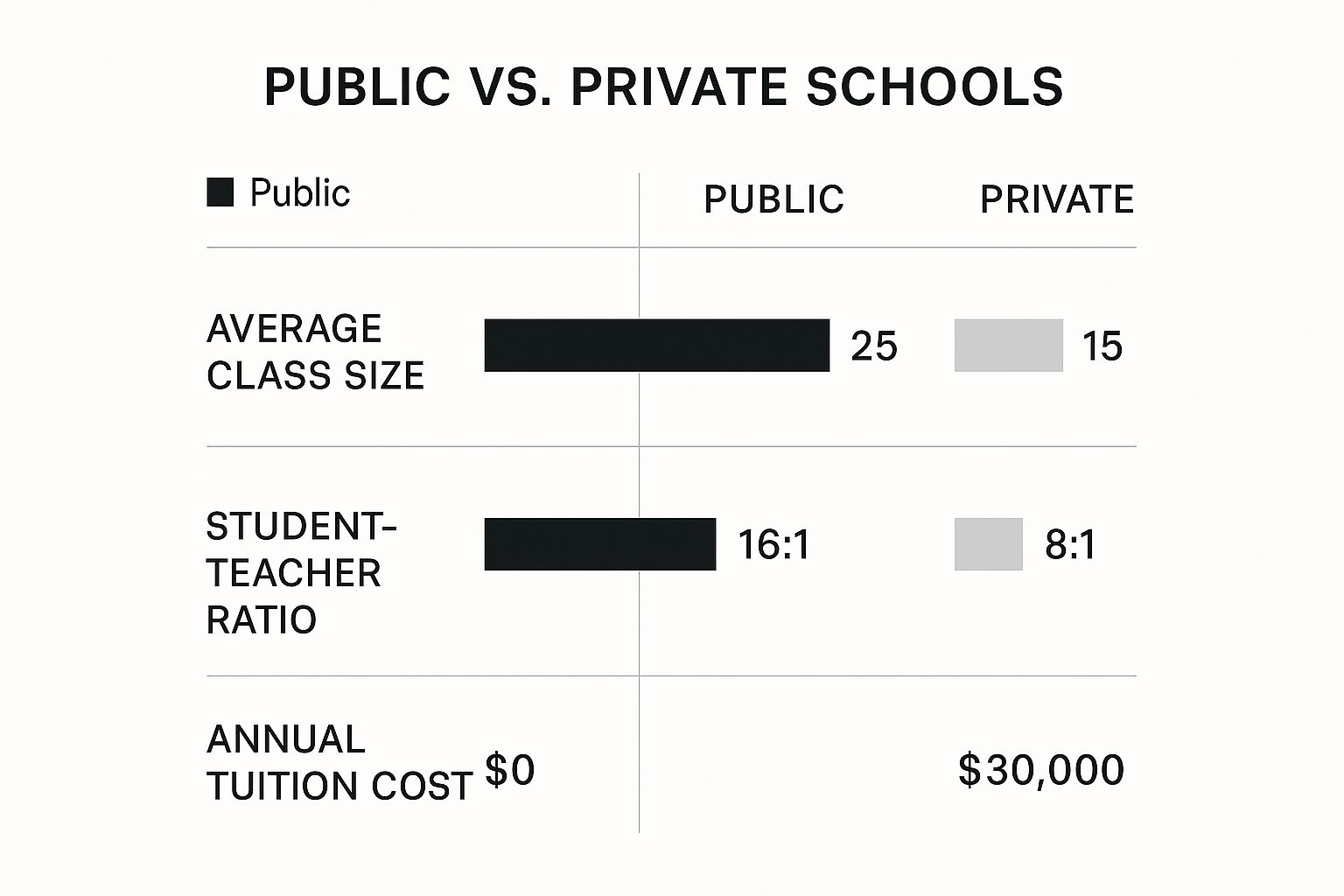
As you can see, the data clearly shows how private school tuition fees translate directly into smaller class sizes and lower student-to-teacher ratios. For many parents, the thought of their child getting more individual attention is a powerful emotional driver behind their decision.
The best school isn't a one-size-fits-all programme. It's the one that meets your child's individual needs. The right choice depends entirely on finding the environment where your child will truly flourish.
Think about it this way: a shy, artistic child might just blossom with the kind of personalised attention that’s possible in a smaller independent school class. On the other hand, a resilient and outgoing child could thrive in the diverse, real-world setting of a large state school, building a broad network of friends from their local community. The decision rests on knowing your child’s heart.
Funding, Facilities, And Your Child's Daily Experience
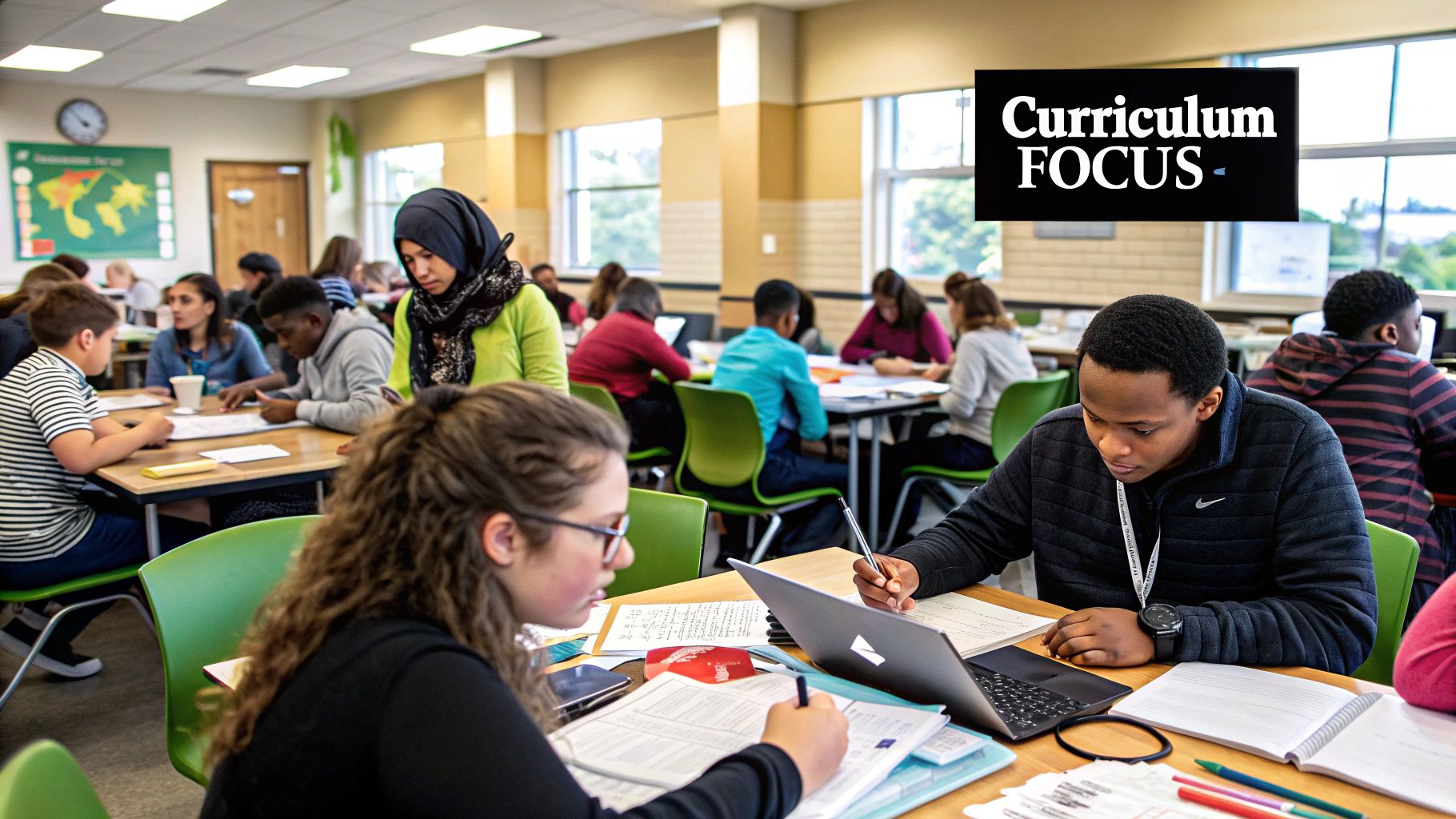
How a school is funded directly shapes the world your child steps into every morning. This financial bedrock isn't just about spreadsheets and budgets; it’s about the very real, tangible resources they interact with daily—from the library books they borrow to the playground they run on at break time.
It’s one of the most fundamental differences between state and private schools, and it influences everything.
State schools receive their funding through taxes, managed by local authorities. While this model guarantees a baseline of provision for every child, budgets are often tight, and resources can feel stretched. This is where the powerful spirit of community comes alive. You’ll almost always find a dedicated Parent-Teacher Association (PTA) working tirelessly, organising bake sales and school fairs to fund everything from new reading schemes to a much-needed coat of paint in the hall.
For your child, this environment can be incredibly formative. They learn the value of community effort first-hand. They might feel a swell of pride helping to plant a garden funded by neighbourhood donations or see their classroom get new equipment because their parents and teachers rallied together.
The Impact of Private School Fees
Private schools, on the other hand, operate on a completely different financial model, funded directly by tuition fees. The fees parents pay are reinvested straight back into the school, often resulting in facilities that state schools simply cannot afford. It’s here that you often see the most visible distinction in resources.
This funding translates into tangible advantages that can define a child’s school experience. Think about your own child’s passions. Would their face light up in:
- A state-of-the-art science lab with university-level equipment, allowing their inner scientist to experiment freely?
- An expansive sports complex where their athletic talent can be coached and nurtured?
- A dedicated performing arts centre with a professional-grade theatre, giving them the stage to shine?
These aren't just luxuries; they are environments purpose-built to nurture specific talents. The choice comes down to which opportunities you feel are most critical for your child's development and their future aspirations.
A school's resources, whether built from community spirit or tuition fees, create the backdrop for your child's education. The real question is not which is 'better,' but which environment provides the specific tools your child needs to feel excited about learning.
Interestingly, despite these resource advantages, the appeal of private education might be shifting. Recent data shows that UK private school enrolment dropped by 1.75% last year, with junior schools seeing a significant 2.55% reduction. This suggests that more families are weighing the high cost against the benefits, a difficult emotional and financial calculation in the current economic climate.
Ultimately, the funding model dictates the resources available. State schools foster resilience and community involvement, celebrating shared achievements. Private schools offer specialised facilities that can accelerate a child's specific interests. Considering the different ways schools support students can also be helpful; you can learn more by reading about what inclusion means in schools and how it is implemented. Your decision rests on which version of "opportunity" best aligns with the future you envision for your child.
Which Academic Approach Fits Your Child Best?
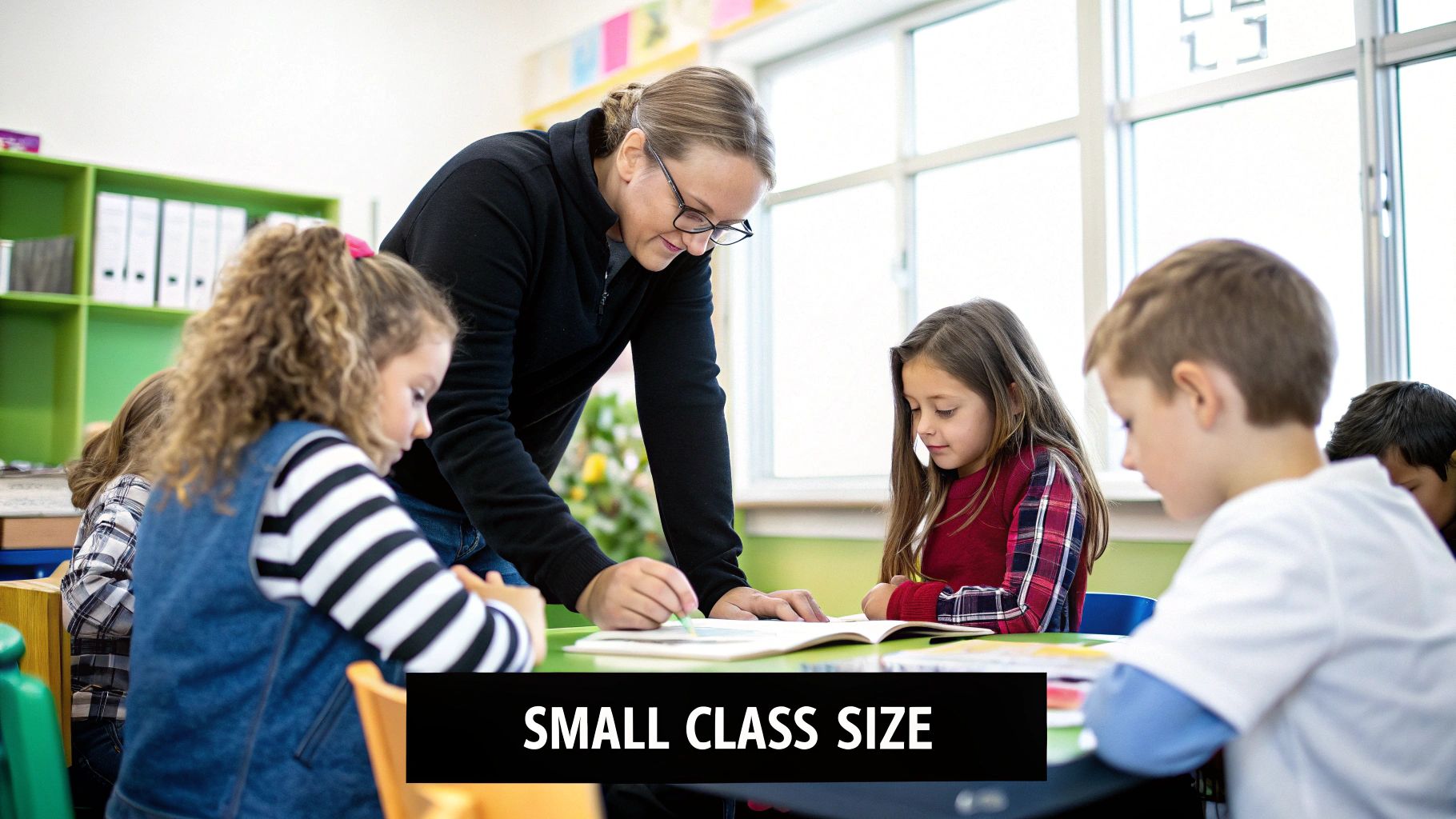
Beyond the facilities and funding, what truly sets public and private schools apart is how and what your child will learn. This academic philosophy is the very engine of their education, so finding the right fit means taking an honest look at your child’s unique personality and learning style.
The decision you make here will echo for years, shaping their intellectual curiosity and confidence.
The Structure of the National Curriculum
In the UK, state-funded schools are legally required to follow the National Curriculum. This is a government-designed framework that standardises education, ensuring every child receives a consistent and comprehensive learning experience, no matter their postcode. It clearly defines the subjects taught and the standards children are expected to meet at each Key Stage.
For some children, this structure is a huge advantage. If your child thrives on clear goals, measurable progress, and a predictable routine, they will likely feel secure and motivated within this system. For a child who feels anxious with too much ambiguity, the clear benchmarks of the National Curriculum can be reassuring and empowering, providing a reliable map for their academic journey right through to their GCSEs.
Of course, this structured approach also sparks wider debate, including the provocative question of whether current school systems truly foster or stifle creativity.
The Freedom of Independent Education
Private schools, on the other hand, are not bound by the National Curriculum. This gives them enormous academic freedom, allowing them to forge their own educational path—a powerful draw for families whose children don't fit a standard mould.
This freedom can look different from school to school, but it often includes:
- Alternative Qualifications: Many independent schools offer globally recognised programmes like the International Baccalaureate (IB), which champions inquiry-based learning and a broad, international perspective.
- Specialised Focus: A school might build its entire curriculum around a specific area like STEM, the creative arts, or even a particular teaching philosophy like Montessori or Steiner-Waldorf.
- Tailored Learning: Teachers can adapt the curriculum to suit the students in front of them, diving deeper into topics that spark genuine curiosity or accelerating the pace if the class is ready.
The crucial question for a parent is this: Does my child learn best by following a well-defined path, or do they flourish when given the freedom to explore, question, and follow their own intellectual passions?
Picture a child who is intensely curious, constantly asking "why?" and loves connecting ideas from different subjects. This child might excel in an IB programme where they are encouraged to lead their own research projects, feeling a sense of ownership over their learning.
Choosing the right academic path is about finding the approach that will ignite a fire in your child, making them feel genuinely excited to walk through the school gates each morning.
Inside the Classroom: Teacher Attention and Support
The real magic of education doesn't happen in policy documents or league tables; it happens in the connection between a teacher and a child. This relationship, more than almost anything else, can determine whether your child feels confident and inspired, or overlooked and disengaged. When you peek inside the classroom door, the differences between state and private schools become tangible.
One of the most talked-about distinctions is class size. Private schools almost always have smaller classes, which naturally allows for more one-on-one attention. For a child who is shy, needs a bit of extra encouragement to speak up, or is grappling with a particular subject, this personalised environment can make all the difference. The teacher simply has more time to understand their individual learning style, patiently address their questions, and build a strong, supportive rapport.
Imagine a quiet child who hesitates to raise their hand in a large group. In a class of 12, the teacher can gently draw them into the conversation, building their confidence day by day. This close, consistent guidance is one of the main reasons families feel private education is worth the investment.
On the other hand, state school teachers are often masters of managing larger, more diverse groups of students. They have to be. Many employ brilliant, creative strategies to make sure every child feels seen and engaged. For a child who is naturally sociable, independent, and thrives on collaboration, this vibrant, bustling environment can be incredibly stimulating. They learn to navigate a wide range of personalities and perspectives, building resilience and social skills that mirror the real world.
Who Is Leading the Class?
The person standing at the front of the room is another key point of difference. In the state sector, teachers are required to have Qualified Teacher Status (QTS). This is a government-backed standard that ensures they are formally trained in pedagogy, curriculum delivery, and classroom management. It provides a reliable, professional baseline of teaching skill.
Private schools have more flexibility here. They can hire someone without QTS if they believe that person is the best fit for the role. This might be an industry professional—a published author teaching English, for instance, or a professional musician leading the orchestra—who brings incredible real-world expertise directly into the classroom.
The decision really comes down to what you believe will benefit your child most. Would your child be more inspired by an award-winning poet teaching them literature, even if they aren't a trained teacher? Or do they need the structure provided by someone with formal pedagogical training? It's a significant consideration, and attendance figures show that many parents are weighing these factors carefully. In 2022, 36.84% of primary school pupils in the UK were enrolled in private institutions, a clear signal that many families are opting for this model from an early age. You can discover more about UK private school enrolment trends on TradingEconomics.com.
Ultimately, you’re not just choosing a school; you’re choosing the type of mentor who will shape your child’s daily learning journey.
Finding a Place Where Your Child Belongs
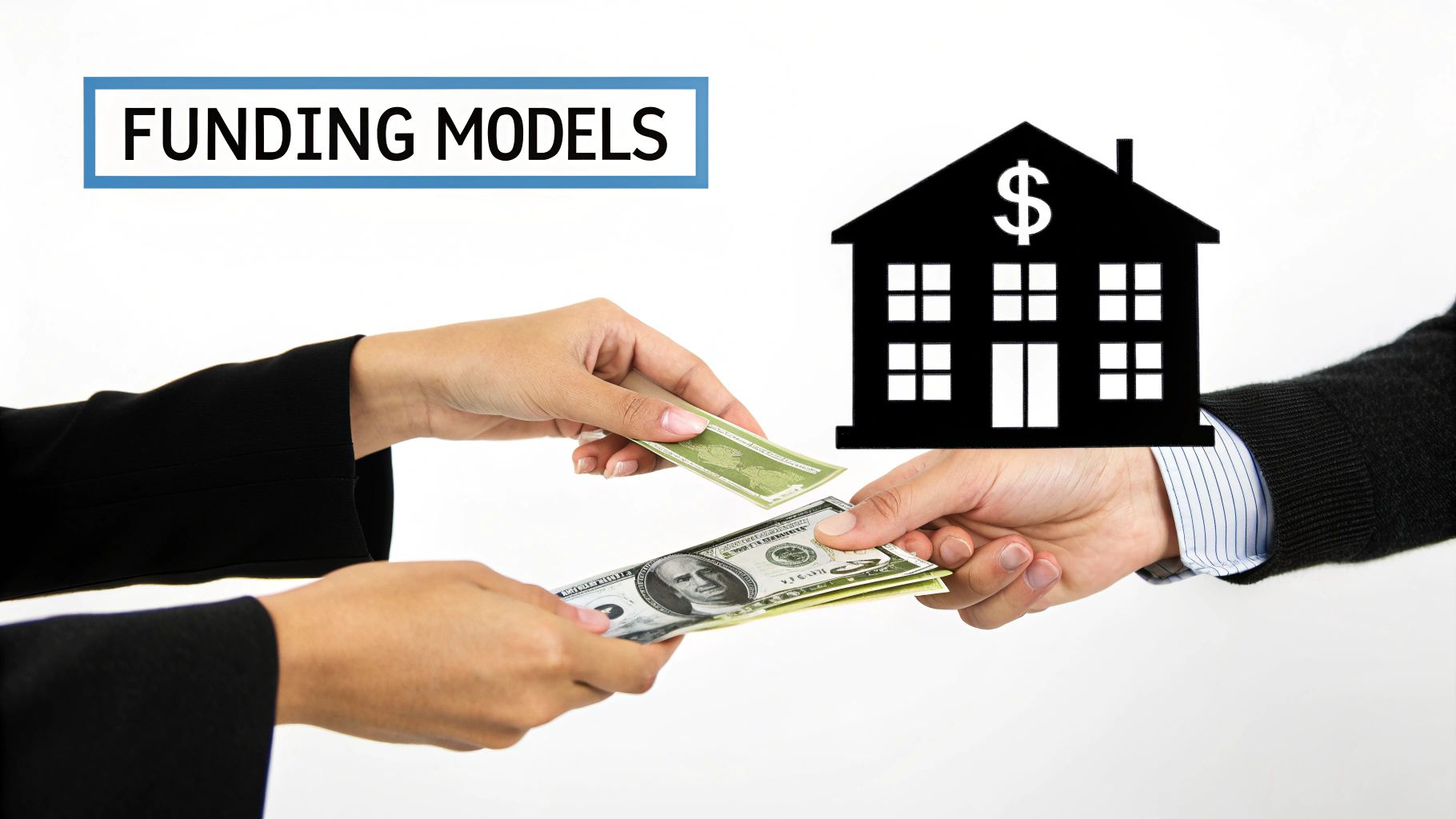
How your child gets into a school, and who they end up sharing a classroom with, has a massive impact on whether they feel like they belong. This journey to find a school place is one of the biggest points of difference between the state and private sectors, and it creates two very distinct social worlds for your child to navigate.
In the state school system, the process usually kicks off with an application to your local authority, followed by the nail-biting wait for a place decided by your catchment area. The system is designed to be fair, giving every child a right to a place at a local school. This means your child’s peer group will likely be a true reflection of your neighbourhood—a genuine microcosm of the real world.
For a child, this is an opportunity to make friends with others from all sorts of backgrounds. It’s an experience that can build empathy, resilience, and a wonderfully grounded view of the world. They become part of a real community school, forming bonds with the kids they see at the local park and shops.
Demystifying Private School Admissions
The private sector, on the other hand, runs on a selective basis, making for a completely different kind of journey. Instead of postcodes, entry often hinges on a formal admissions process that might involve interviews, previous school reports, and entrance exams. It’s a process that can feel quite daunting for both you and your child.
The trick is to see this not as a high-stakes test, but as a two-way conversation to see if the school is genuinely the right fit. Imagine your child in an interview, not just answering academic questions, but excitedly talking about their love for building robots or writing stories. Many schools use this to get a feel for a child’s personality and passions, looking for that spark of curiosity rather than pure academic brilliance.
The goal isn't just to 'get in', but to find a community where your child feels understood, valued, and able to form genuine connections. The social dynamic of a school is as important as its academic record.
The peer group in a private school tends to be more curated. It can bring together pupils from a much wider geographic area—sometimes even internationally—which can be a brilliant way to expose your child to different cultures and global outlooks. However, it can also create a more homogenous social bubble. It's crucial to think about which setting will truly help your child’s confidence flourish. The wrong environment can unfortunately lead to social difficulties, and it’s always wise for parents to be aware of the indicators of bullying no matter which type of school they choose.
Ultimately, whether your child's friends live just down the street or on the other side of the world, what matters most is that they find a place where they feel they truly belong.
Long-Term Pathways to University and Beyond
https://www.youtube.com/embed/T06gCjuO7xU
As a parent, you’re naturally looking towards the horizon, wondering how today’s school choice will shape your child’s future. When it comes to long-term outcomes, the conversation almost always lands on university access—a sensitive and emotionally charged topic. It’s about making sure all the hard work, both yours and your child’s, ultimately opens the right doors.
This is where the difference between public and private schools can feel most stark. Private schools often pride themselves on having dedicated university guidance counsellors who work with students for years, helping them build a compelling narrative for their applications. They also cultivate powerful alumni networks that can offer mentorship and work experience, giving students a leg up long after they’ve graduated.
This kind of focused support can be a game-changer for a child who already has a clear path in mind, whether that's medicine, law, or a specific creative field. Imagine your child getting personalised advice on their portfolio from an expert, or doing a mock university interview with someone who knows exactly what admissions tutors are looking for.
Defining Success on Your Own Terms
However, it’s a huge mistake to assume that a state school education closes doors. Far from it. Many state schools have outstanding careers advisors and foster incredible ambition in their pupils. A self-motivated child with a clear passion will find a way to succeed anywhere, often developing a level of resilience and drive that top universities and employers find incredibly valuable.
Success isn't one-size-fits-all; it's unique to your child. The 'best' outcome might be a Russell Group university, a prestigious apprenticeship, a thriving creative career, or starting their own business. The right school is the one that equips them for their path, not a predetermined one.
The statistics on elite university admissions do show a clear disparity. For example, 31.4% of Oxford students and 28.2% of Cambridge students attended private schools, despite them representing just 6.5% of the UK’s school-aged population. You can explore more data on how private schooling influences access to elite universities on TheTab.com.
While these numbers are striking, they don't tell the whole story of individual talent and determination. The goal should be to look past the league tables and focus instead on the support systems that will genuinely help your child thrive. An effective learning environment always hinges on accurately understanding a student’s needs, which is why a proper assessment for education can be so valuable in identifying the right support structure.
Ultimately, the choice is about finding the environment that will empower your child to define—and achieve—their own version of success.
The Questions Every Parent Asks
Choosing a school feels like one of the biggest decisions you’ll ever make. It’s deeply personal and often emotional, boiling down to one core question: where will my child be happiest and most successful? Let's walk through the most common concerns parents share, offering some clarity to help you feel confident in your choice.
The biggest anxieties usually circle back to your child's personality. Will they get lost in a large state school, or feel overwhelmed by the pressure of a selective private one?
For instance, a parent might worry, "My son is creative but very quiet. Will he get the support he needs in a class of 30?" It's a completely valid fear. In this situation, a private school's smaller classes could give a teacher the space to notice his unique talents and gently encourage him, helping his confidence blossom.
On the other hand, another parent might think, "My daughter is outgoing and loves a challenge. Will a private school be too sheltered for her?" For a child like this, the vibrant, diverse world of a state school could be the perfect place to hone her social skills and build resilience.
Which Is Better for Special Educational Needs?
This is a critical question, and the answer isn't black and white. By law, public schools are required to provide support for children with special educational needs (SEN). They typically have dedicated SEN co-ordinators and can draw on local authority resources. For many parents, knowing this legal safety net is in place provides enormous peace of mind.
Private schools aren't bound by the exact same legal framework, but many offer highly specialised support. Their flexibility and funding mean some independent schools can design truly bespoke learning plans for a child with dyslexia, for example, or provide in-house speech therapy. The quieter, more structured environment can also be ideal for certain children.
Ultimately, the best school for your child isn’t about the label—public or private—but about the specific, individualised support system it offers. The key is to have frank conversations with both types of schools about how they would meet your child's unique needs.
This whole process is about finding the right match between the environment and the child. You have to look beyond the glossy brochures and league tables. Talk to teachers, visit the schools if you can, and picture your child walking those corridors. Trust your gut instinct about where they will feel seen, valued, and able to flourish. The right choice is the one that feels right for them.
At Queens Online School, we believe education should adapt to the child, not the other way around. Our live, interactive online classes and personalised support from subject-specialist teachers create an environment where every student, including those with SEN, can thrive. Discover a flexible, inclusive British education by visiting https://queensonlineschool.com.
